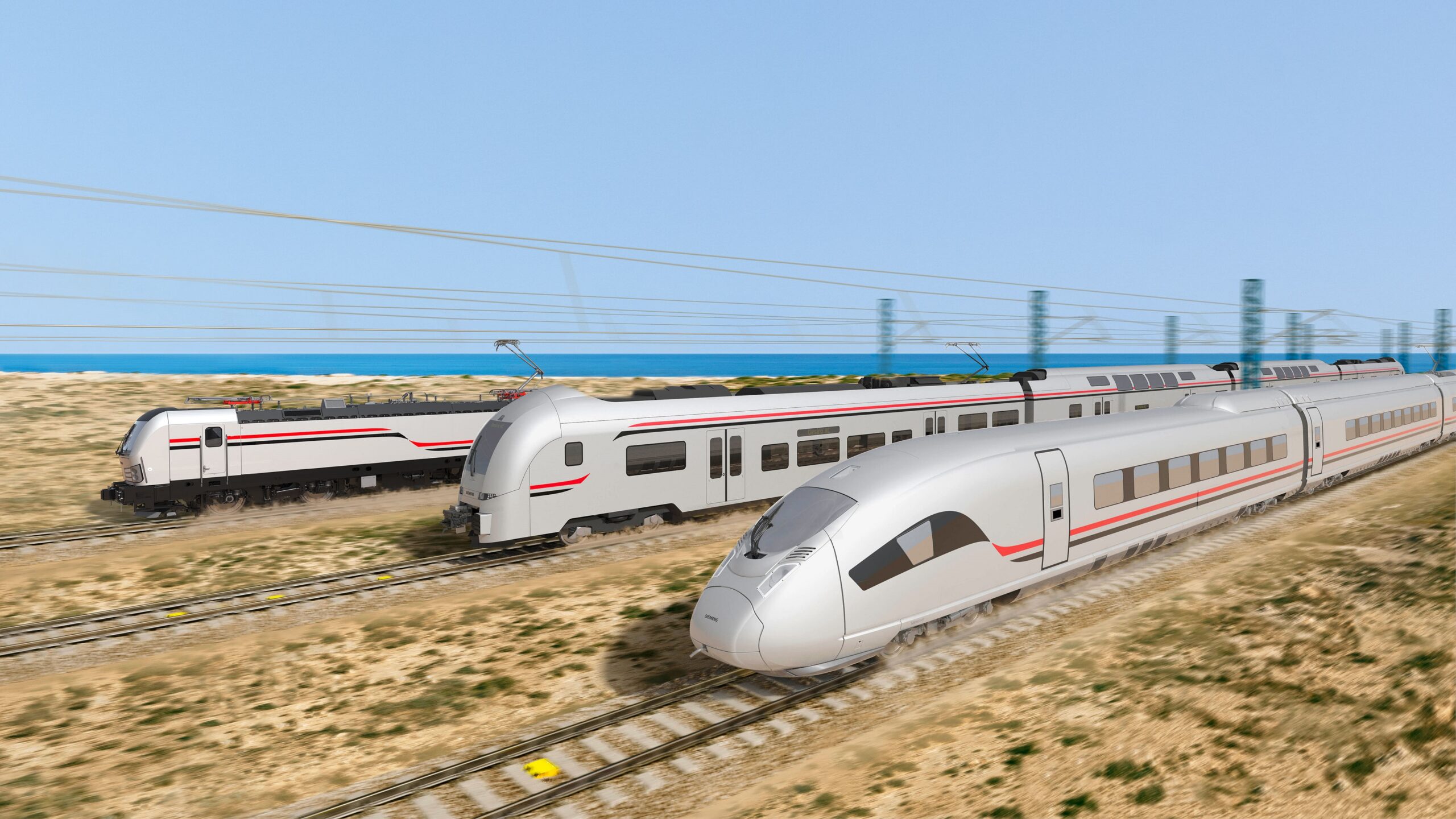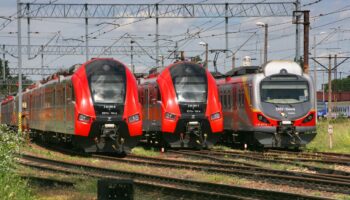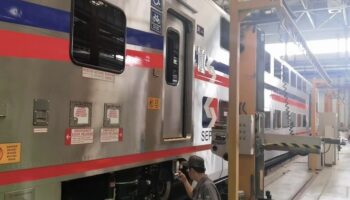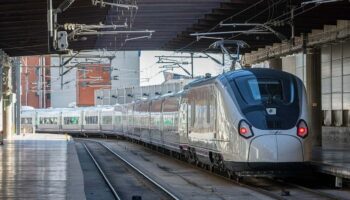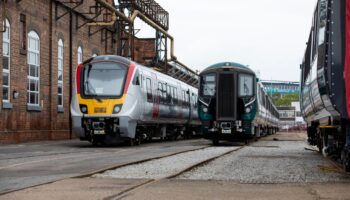Egypt: Siemens Mobility in a joint venture with local construction companies Arab Contractors and Orascom Construction, has signed a contract with the national tunnel authority NAT to build the country’s 2,000 km high-speed rail (HSR) network and supply 41 eight-car Velaro high-speed trains and 94 four-car Desiro High Capacity electric trains and 41 Vectron electric freight locomotives. The share of Siemens Mobility in the project will amount to €8.1 bln.
The contract also includes rolling stock maintenance during 15 years. For these purposes, 8 depots will be built in the country. In addition, Siemens Mobility will equip HSR lines with ETCS level 2 traffic control systems. According to Siemens President and CEO Roland Busch, this is the largest order in the company’s history. As part of the project, Egypt will create the 6th largest high-speed rail system in the world and create up to 40,000 job opportunities.
It is worth noting that the final contract is expanded in relation to the plans that were disclosed by Siemens Mobility CEO Michael Peter in a February interview with Der Tagesspiegel newspaper. At that time, it was about the deliveries of 35 Velaro trains, 70 Desiro High Capacity trains and 30 Vectron electric locomotives and the construction of a 1.8 thsd km of HSR network.
Three high-speed lines will connect 60 cities and provide passenger traffic for about 500 mln people a year, says Peter. The operating speed will be 230 km/h. The contract to construct and maintain the rolling stock on the first 660-km long line was signed last September. It is to connect the city of Ain Sokhna on the Red Sea coast with the Mediterranean port city of El Alamein and the port of Mersa Matruh. The second and third lines, currently contracted, with a length of 1.1 thsd km and 225 km, respectively, will run between Cairo and Abu Simbel, Luxor and the port of Safaga.
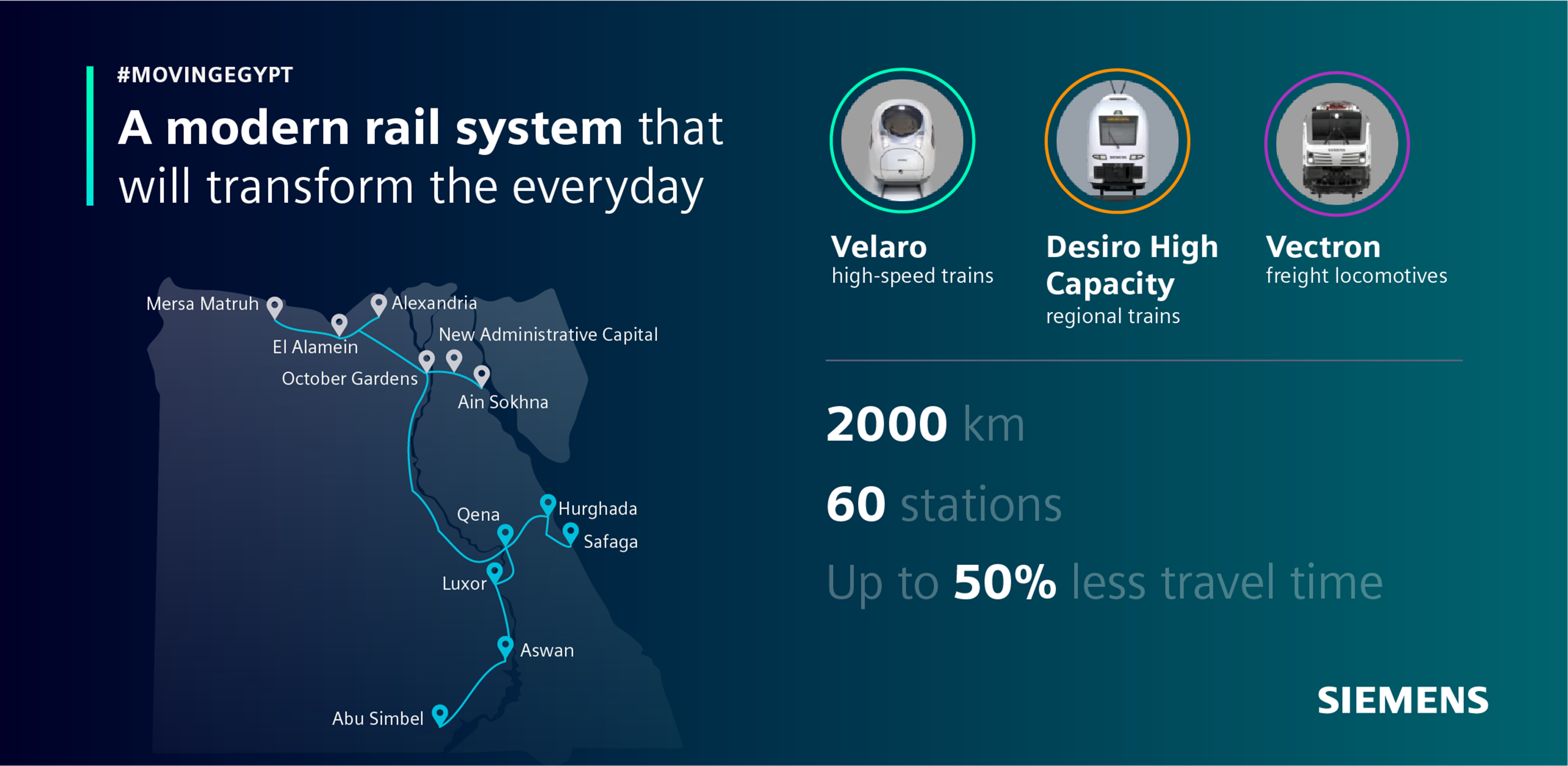 Future HSR lines scheme. Source: Siemens
Future HSR lines scheme. Source: Siemens
In accordance with the Vision 2030 national initiative, aimed at ensuring the sustainable growth of the country’s economy, Egypt is now attracting and directing significant funding for the rail transport development. According to the report by the African Development Bank, the state-owned operator Egyptian National Railways (ENR) aims to increase the share of rail transport in passenger traffic to 15% by 2029, and in freight traffic to 10%.
In 2014, ENR approved a 10-year plan to invest in the railway complex in the amount of $10 bln. As Railway Technology reported, in the spring of 2021, the country’s Minister of Transport, Kamel Al-Wazir, noted that an even larger budget of $14.4 bln was allocated for the further development of the Egyptian railway network.



